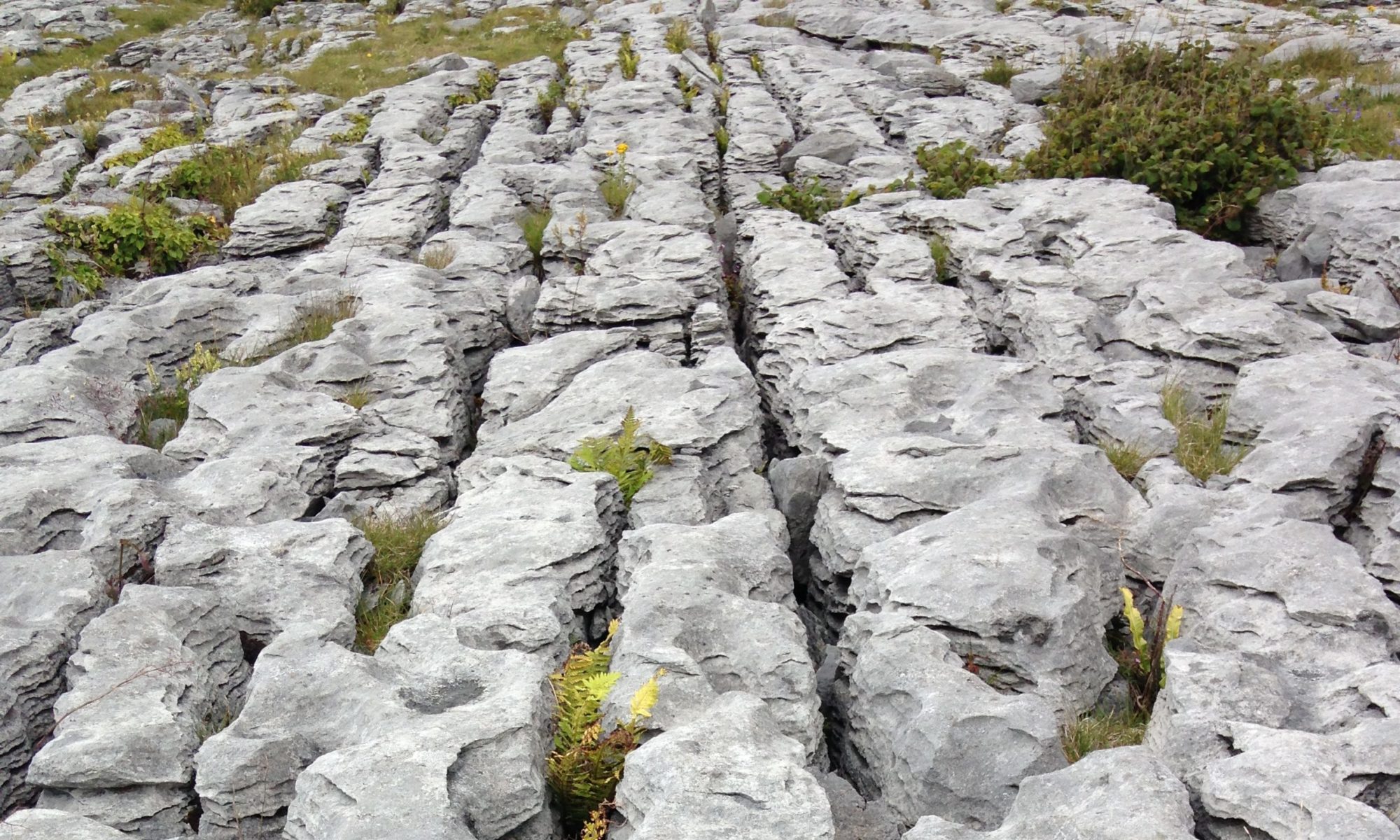I brought Robert M Utley’s excellent book The Lance & the Shield with me on the trip to Ghana, and I read it on the way back. I had read Bury my Heart at Wounded Knee by Dee Smith a year or so previously, and It had piqued my interest in the Plains Indians, and their struggles against the unstoppable wave upon wave of whites, flowing west across the Great Plains.
These whites, primarily East Coast fortune hunters, European immigrants, buffalo hunters, gold prospectors, railway workers and soldiers, who took the Indian land and killed their primary food clothing and housing source for the pelts only, did so based simply on strength of arms and a stoic belief in Manifest Destiny, the flimsy ideology cooked up by the media, and successive warmongering presidents in the early nineteenth century.
When Americans look back on their history, the period covering the late eighteenth and early nineteenth century – the time covering the foundation of the American nation – they must do so in shame at their treatment of Native Americans, African slaves and Hispanics, their complete lack of recognition and respect for international borders and their encouragement of slavery while hypocritically and loudly espousing the very rights they denied to the indigenous Americans and the enslaved population, “We hold these truths to be self-evident, that all men are created equal, that they are endowed by their Creator with certain unalienable Rights, that among these are Life, Liberty and the pursuit of Happiness.–
One cannot help but notice that the phrase “all men” would appear to be inclusive. It does not read “all men” except black ones, Hispanic ones and indigenous American ones.
The complex tribal arrangements and intertribal alliances of the Plains Indians in the mid to late nineteenth century are difficult to unravel and the fact that the Europeans called the tribes by different names makes it more so. However on 18 August 1995 I set out to understand these convoluted arrangements by means of flowcharts in my diary.
First though, as I did back then in 1995, I must apportion blame for the massacre of peaceful southern Cheyenne and Arapahoe Indians, camped at Sand Creek under the protection of the commanding officer of Fort Lyon Colorado.
In what can only be viewed as an egregious act of treachery, on 29 November 1864, one Col John Chivington and his Colorado volunteer troopers attacked the camp, scattering the unsuspecting Indians. then hunting them down to kill & mutitilate men women and children, in a one-sided contest, where one hundred and forty-eight Native Americans died, against a mere nine of Chivingtons troopers.
I did and do, feel strongly about the methods used by the Euro-Americans to brutalise and subjugate the indigenous population of the Americas.
I consider myself an enthusiastic Americaphile, my fondness beginning in 1975 when my American aunt bought me Gore Vidal’s American Trilogy consisting of Burr, 1875 and Washington DC.
I started with Burr the ‘tomiest’ of the three and I was immediately hooked. My aunt was very pleased although she did not really know who this Gore Vidal was and she certainly would not have approved of his Democratic leftist ideologies. However I was a field jacket wearing dyed in the wool Marxist, agnosticified atheist left leaning Democrat sort of wanting to join the Marines and fight in Vietnam so that I might protest about it.
Confused ?I was not confused enough to abjure the contradiction that was the founding of the modern American nation.
The tribes of the great Plains:
Lakota/Dakota – allies
Sioux – Chippewa, means enemy of the whites. Generally known as Lakota/Dakota – Sioux
Eastern Lakota – Santees
Middle Lakota – Yankton – Yantona’i
Western Lakota – Teton/Lakota Sioux. Oglala – Brule – Blackfeet (not Eastern Blackfeet)Minaconjou and finally Hunkpapa. Sitting Bull (Totanka Yotanka), the focus of Utley’s book ,was a Hunkpapa.
The indigenous population never fared well in their dealings with the Euro-Americans, no matter what treaties were signed or promises made. No matter whether the noble savage fought alongside their white comrades, espousing the ideals behind the Bill of Rights far more than those for whom they died.
Disease, steel and perfidy weakened them to such state as to be no contest to the unstoppable influx.
In a mere century those once masters of the continent were reduced to a few ragged remnants starving in their reservations, dependent on the less than reliable largesse of their white masters.
I was indeed confused if I could square that circle and still feel the American dream was alive and well.
